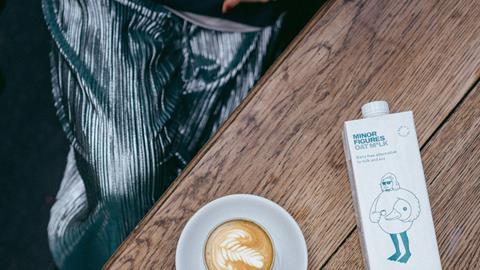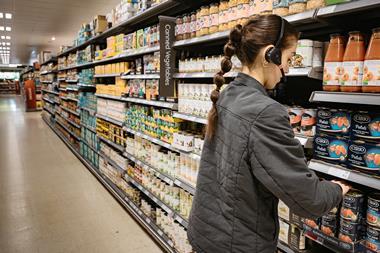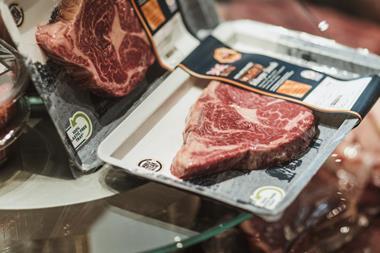It has been a challenging 18 months for many retailers, but China has proven to be a lifeline for many British brands during the pandemic. They have benefited from China’s faster-than-expected economic recovery, pent-up demand and a swelling middle class expected to reach 550 million people next year.
Indeed, according to the latest world economic update from the IMF, China’s economy outpaced all of the world’s major countries during the pandemic, and is forecast to lead the way in 2022 too. All of which is great news for British brands looking to make inroads into China’s burgeoning consumer market.
Demand for British products from Chinese consumers remains high, with the value of goods sold by UK brands on Tmall and Tmall Global (Alibaba’s China marketplaces) increasing by 27% year on year in 2020. UK brands also fared well last November during our annual 11.11 Global Shopping Festival, selling $494m worth of goods during the 11-day event.
Brands we find have the most success are those that quickly react to consumer demand, create new products, and develop into new categories to reflect emerging trends. They tend to be pioneers who can adapt to a fast-paced market, who can acknowledge quickly that what works well for them in the UK may not necessarily be a top seller in China.
Chinese consumers behave differently, from how they engage with brands to what they consume. We saw this during our recent Taobao Maker Festival, where food entrepreneurs launched broccoli ice cream and transparent beef burger buns made from seaweed extract. These guilt-free snacks cater to young, increasingly health-conscious Chinese consumers. In 2018, Mars created a chilli-infused Snickers bar that had a sizzling hot reception, reaching its first-year sales target in six months. Likewise, Whittard of Chelsea offers bespoke teas specifically for Chinese shoppers, such as its Moon Bunny tea gifting set created for Mid-Autumn Festival. Elsewhere, Teapigs was surprised to learn its chocolate flake tea is a bestseller in China. For any brand considering entering the Chinese market, it is important to keep up to speed with new and emerging trends.
Life in China may largely be back to normal for many, but the pandemic has had a lasting impact on how consumers think about their health and wellness. People are now taking a more active role in protecting themselves from illness and are adopting a preventative approach to their health – and more than 70% of Chinese consumers say snacks are of equal importance to their physical and psychological health, according to a report by Beijing-based think tank EO Intelligence.
The shift towards a healthier lifestyle has created a spike in demand for meal replacement products such as cereal bars, supplements and shakes, as consumers juggle busy lifestyles (many work more than 50 hours a week). The meal replacement market is expected to be worth around $14bn by 2022, according to Euromonitor International, and British brands already making headway in the region include Myprotein and emerging brand Exante.
Veganism is also on the rise in China, which is opening up export opportunities for British brands. As plant-based food upstarts are tipping towards mainstream acceptance, China is now being heralded as a potential market for plant-based lifestyles to take off. Even before the pandemic China’s ‘free from meat’ market was growing, and is set to be worth nearly $12bn by 2023 – a rise of 20% from 2018, Euromonitor predicts. The alternative milk market in China has historically been dominated by soy as over 90% of consumers are lactose-intolerant, however demand is now growing for oat, almond, coconut and pea milks. Swedish brand Oatly has already seen success in China, but so too have smaller brands such as London’s Minor Figures and Rude Health.
Another new trend we saw emerge during the pandemic was ‘home bartending’, which became something of a phenomenon among young consumers who missed sipping on cocktails during lockdowns. Many gen Zs, which make up 15% of China’s population, according to McKinsey, started learning how to make their favourite drinks at home. The German brand Jägermeister, for example, has seen great success with a free ‘Mojito Set’ (selling 10,000 sets a month) when consumers purchase its trademark spirit. Low-alcohol beverages are also becoming the go-to option for Chinese consumers wanting to switch up their spirits, with hard seltzers fast becoming a popular low-alcohol choice.
With a strong return in spending post-lockdown, Chinese consumers are now even more important for international brands looking to fuel recovery and growth. Food and beverage brands looking to capitalise on this should be bold, agile and open to opportunities – and those that do will be able to reap the rewards.






















No comments yet